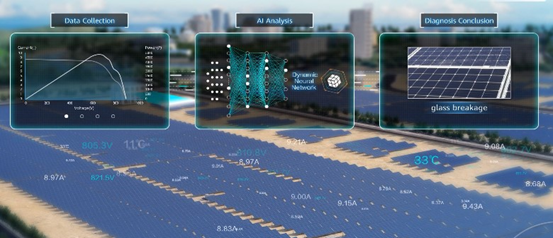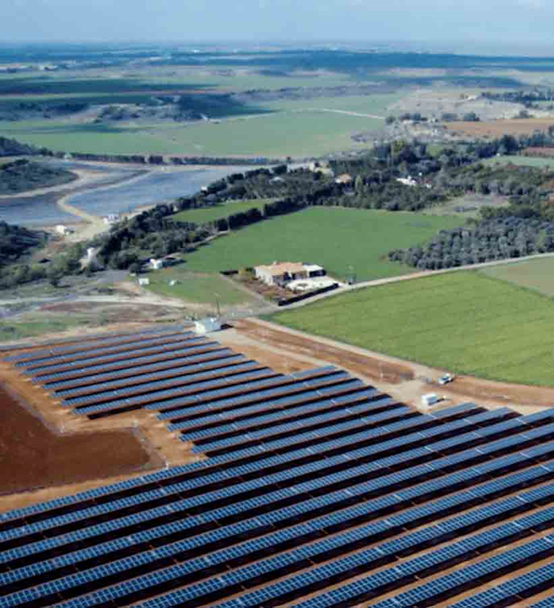As the world pivots towards sustainable energy solutions, the integration of advanced technologies into traditional photovoltaic (PV) systems has given rise to Smart PV. Smart PV represents a paradigm shift in the realm of solar energy, offering not only enhanced efficiency but also intelligent features that transform solar installations into interconnected and responsive energy hubs. In this article, we will delve into the key components that constitute Smart PV systems and contribute to their efficiency, adaptability, and sustainability.
Unlocking the Core Elements of Smart Photovoltaic Systems
Advanced Monitoring Systems
At the heart of Smart PV systems lies advanced monitoring technology. Unlike conventional PV systems, Smart PV incorporates sensors and monitoring devices that provide real-time data on various parameters crucial for optimal performance. These include sunlight intensity, temperature, voltage, and current. The continuous monitoring of these metrics allows for a comprehensive understanding of system behavior, enabling users to identify potential issues promptly and fine-tune their installations for maximum efficiency.

Cloud Connectivity
Cloud connectivity is a cornerstone of Smart PV technology. By linking PV systems to the cloud, users gain access to a host of benefits. Real-time data from the monitoring systems can be securely stored and accessed remotely, providing a level of accessibility and convenience previously unavailable. Cloud connectivity facilitates data analytics, enabling users to make informed decisions about system optimization, maintenance, and energy management. This connectivity also lays the groundwork for the integration of Smart PV systems into broader energy management and smart grid frameworks.
Energy Storage Integration
A key advancement in Smart PV is the integration of energy storage solutions, typically in the form of batteries. Energy storage addresses one of the primary challenges of solar power – intermittency. During peak sunlight hours, excess energy generated by Smart PV systems can be stored in batteries for later use, ensuring a continuous power supply even during periods of low sunlight. This integration not only enhances the reliability of solar installations but also contributes to the overall stability of the electrical grid by providing a buffer against fluctuations in energy production and demand.
Smart Sensors and Control Systems
Smart PV systems employ an array of sensors and control systems to enhance overall performance and safety. These sensors can detect shading, soiling, or malfunctions in specific solar panels, triggering automated adjustments to optimize energy production. Moreover, control systems enable users to remotely manage and configure their Smart PV installations, providing a level of control and customization that was previously unavailable in traditional PV setups.
Inverter Technology
Inverters play a crucial role in converting the direct current (DC) generated by solar panels into alternating current (AC) suitable for use in homes or the electrical grid. In Smart PV systems, advanced inverter technology goes beyond basic conversion. These inverters often incorporate features such as Maximum Power Point Tracking (MPPT), which optimizes the power output from solar panels under varying environmental conditions. Additionally, some Smart PV inverters include communication interfaces that enable seamless integration with monitoring systems and the broader smart grid. HUAWEI's Residential Smart PV & ESS Solution stands at the forefront of the industry, offering a single solar africa inverter capable of supporting both grid-connected and backup power operations seamlessly.

Machine Learning and Artificial Intelligence
The integration of machine learning (ML) and artificial intelligence (AI) distinguishes Smart PV from conventional solar systems. ML algorithms analyze historical data, weather patterns, and system performance to predict future behavior and optimize energy production. AI-driven functionalities enable Smart PV systems to learn from real-time data, adapt to changing conditions, and continuously improve efficiency. These technologies also contribute to predictive maintenance, helping users address potential issues before they escalate.
Conclusion
The key components of Smart PV systems represent a synthesis of cutting-edge technologies aimed at transforming solar energy generation. From advanced monitoring systems to cloud connectivity, energy storage integration, sophisticated inverters, smart sensors, and the power of machine learning and artificial intelligence, each component plays a vital role in enhancing the efficiency, reliability, and adaptability of Smart PV installations. As these technologies continue to evolve, Smart PV is poised to play a pivotal role in shaping the future of sustainable and intelligent energy systems.